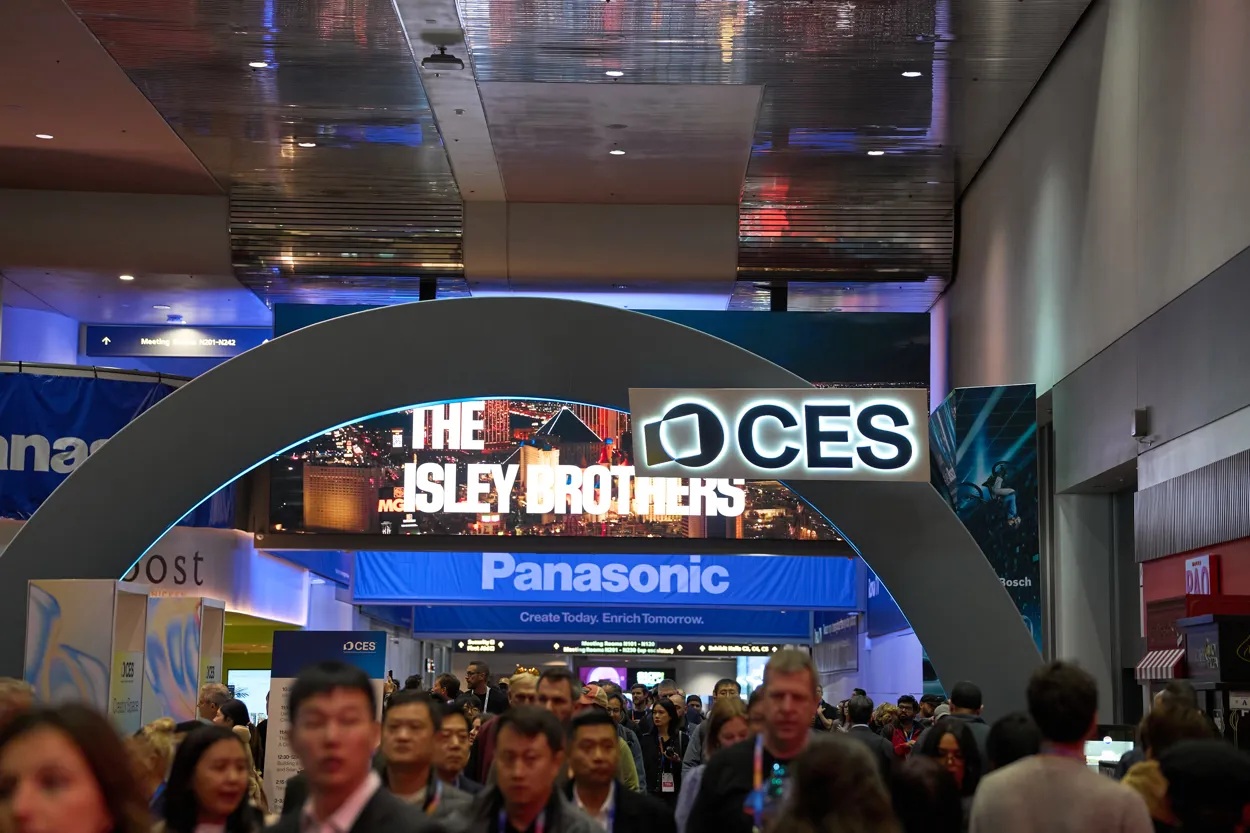2010: The Year of Living Dangerously — Now in 3D
Given the buzzword-compliant ubiquity of stereo 3D nowadays, it’s easy to forget that the format only truly came of age at the IBC exhibition three years ago. Since then, it’s gone from 1950s throwback to World Cup-hoarding prominence and filled more column inches in the specialist press than any technology before it, even HD.
Charting its course in IBC snapshots in the brief time since its re-emergence is interesting too. The year 2007 can be summarised by the phrase “Very nice, but so what?;” 2008 gave us “Brilliant, but it needs to be in the home” and by 2009 we heard “It’s payola time.” What of 2010? Well, with the World Cup still underway it’s a little early to say, but probably some appropriately booming movie-style tagline such as “The year it all came true” will do nicely.
Hardly a day has gone by without some announcement regarding the technology hitting the wires. From new products to a succession of firsts (the first 3D broadcast in Russia; the first ballet to be captured in 3D; the first ballet to be broadcast in Russia in 3D, etc.) the industry has been completely fixated on all things stereo 3D. And with the upcoming IBC exhibition likely to be similarly dominated by the subject, this lull before the show is a good time to step back, step out of the screen and assess where it all is.
First, the technology. There are now more 3D camera rigs than you can comfortably count, and they’ve expanded to fit every niche of acquisition, even out to the specialised uses such as mini-cams and gyro-stabilisation. While their progress from homebrew lash-ups to professional kit has been impressive, there’s little doubt that ultimately they’re an evolutionary cul-de-sac and that integrated units such as Panasonic’s trail-blazing AG-3DA1 3D camcorder represent the next generation. Feedback from tests so far, such as that from the Roland Garros tennis tournament in Paris, suggests that there’s still work to be done, with most of the main camera manufacturers pushing models through their R&D labs. Progress looks set to be rapid, and competitive.
The sheer volume of stereo 3D tests undertaken, especially in live sport, means that the production workflow is already established and impressively robust. Crews now know exactly where to place their cameras and how to compensate for the increased lighting needed and to make sure there’s texture in backgrounds for the eye to fasten on. And with stereo 3D toolsets approaching maturity — and arguably, saturation point — in post, productions opting for 3D acquisition no longer need feel they’re venturing beyond the horizon of the familiar.
There is a pronounced problem with content, however. Expect some fairly feisty horsetrading behind the scenes from European broadcasters, keen to set up 3D channels in the next few months and all maneuvering to share content. If there was any lesson from the rollout of HD, it’s that quality has to be paramount, and to some that means 3D all the way through the production chain.
So, expect the 25 matches captured in 3D at the World Cup by the partnership of Sony, HBS and FIFA to be screened more than once in the next few months as that represents a day and a half of solid, 3D content (even though not every match was exactly sparkling).
The World Cup also offers a glimpse into the current “state of the 3D art.” Eight Element Technica Quasar rigs mounting Sony HDC-1500 cameras and feeding into Sony’s MPE-200 3D Processor box captured each game, using special trucks flown in from Telegenic and AMP. Footage was recorded on HDCAM SR dual-stream VTR (SRW-5800) onsite and at the IBC, as well as to EVS XT[2] servers.
It was an impressive operation and one that the industry hopes will kickstart domestic 3D uptake in the run up to the 2012 Olympics. The forecasts are certainly bullish. One current estimation by the Centre for Economics and Business Research states that 40,000 3DTV sets will be sold this year in the United Kingdom alone, with the figure climbing rapidly to an installed base of 7.6 million by 2015 aided by a 60 percent drop in price down to an average of £786.
“Build it and they will come” is, however, an innocent-enough sounding maxim that has gotten lots of businesses and individuals into trouble in the past. Figures for the amount of viewers watching the World Cup in 3D weren’t available at the time of writing, but the ones for HD are instructive. When the United States drew with England 1–1 at the start of the World Cup, 1.5 million viewers watching the match on ITV HD in the United Kingdom missed the first England goal due to a playout error. There was an outcry, of course, but nothing compared to what would have happened if the 20 million watching in SD had been affected as well. Only 7 percent of the game’s viewers were watching in HD, despite the 24 million HD-ready sets in the United Kingdom at last count, meaning that the uptake of HD services is languishing well behind even the most pessimistic forecasts.
So, if that pattern repeats itself, then while 2010 might well be the year of 3D, the year of actually making money out of 3D could still be a long way off.
The professional video industry's #1 source for news, trends and product and tech information. Sign up below.
